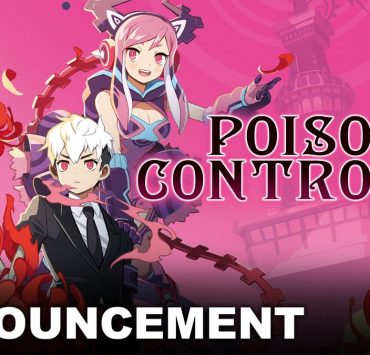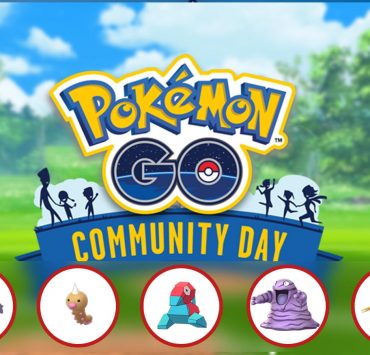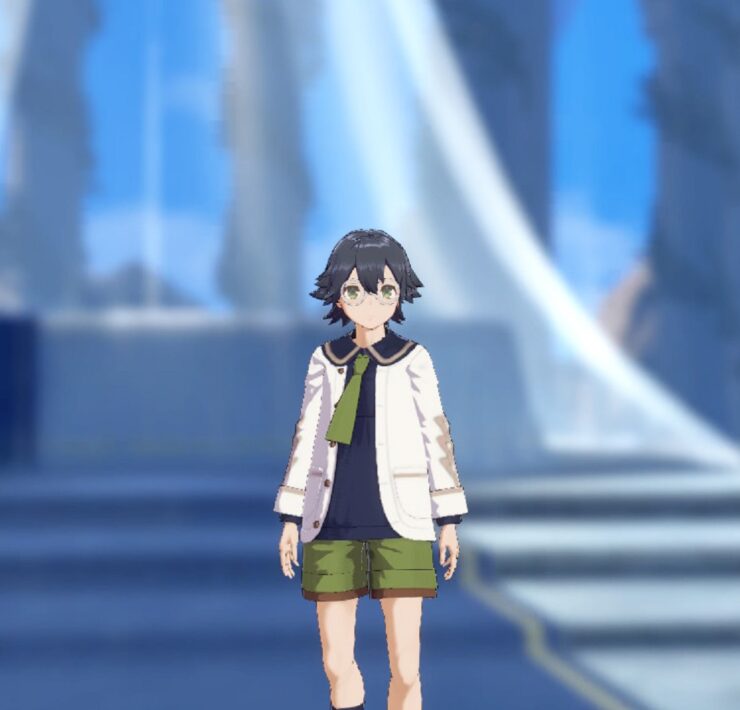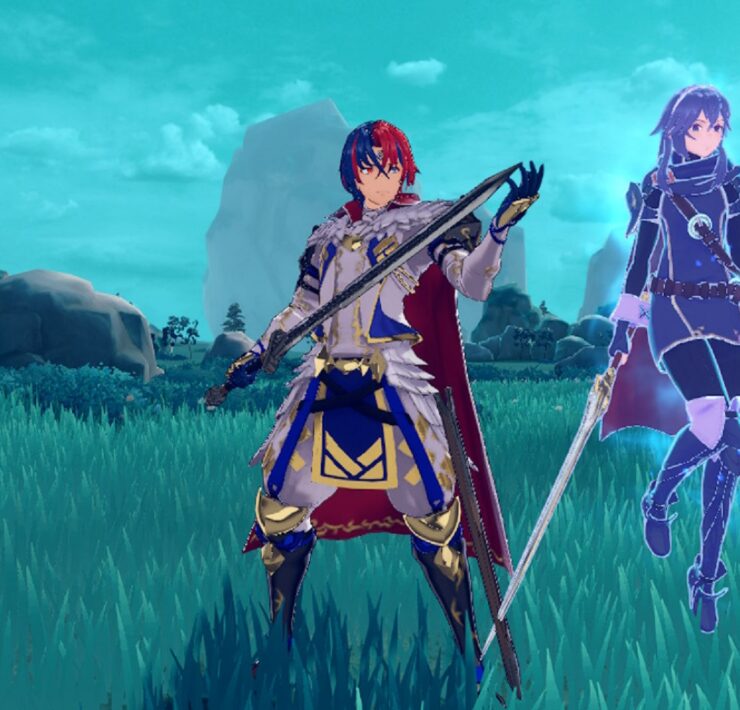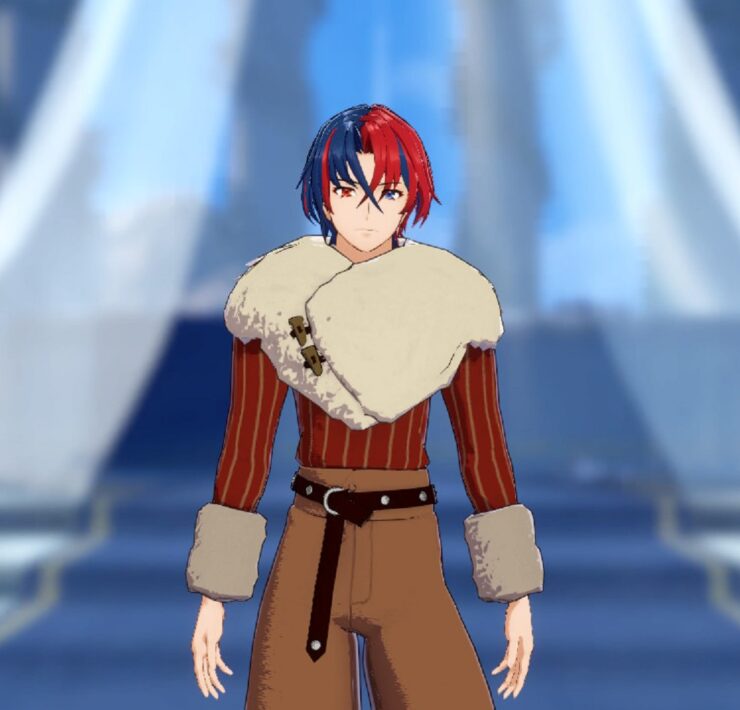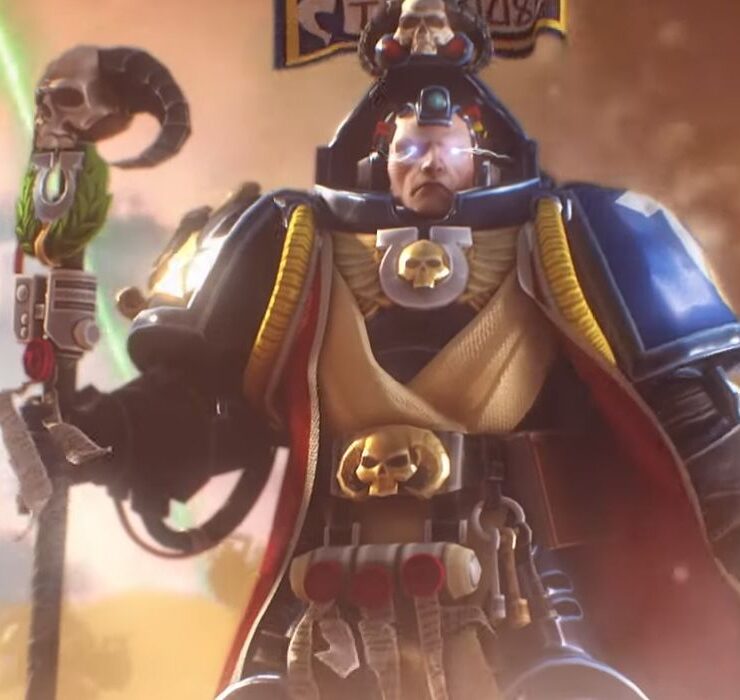Mario: Why Nintendo’s Mascot Remains Iconic
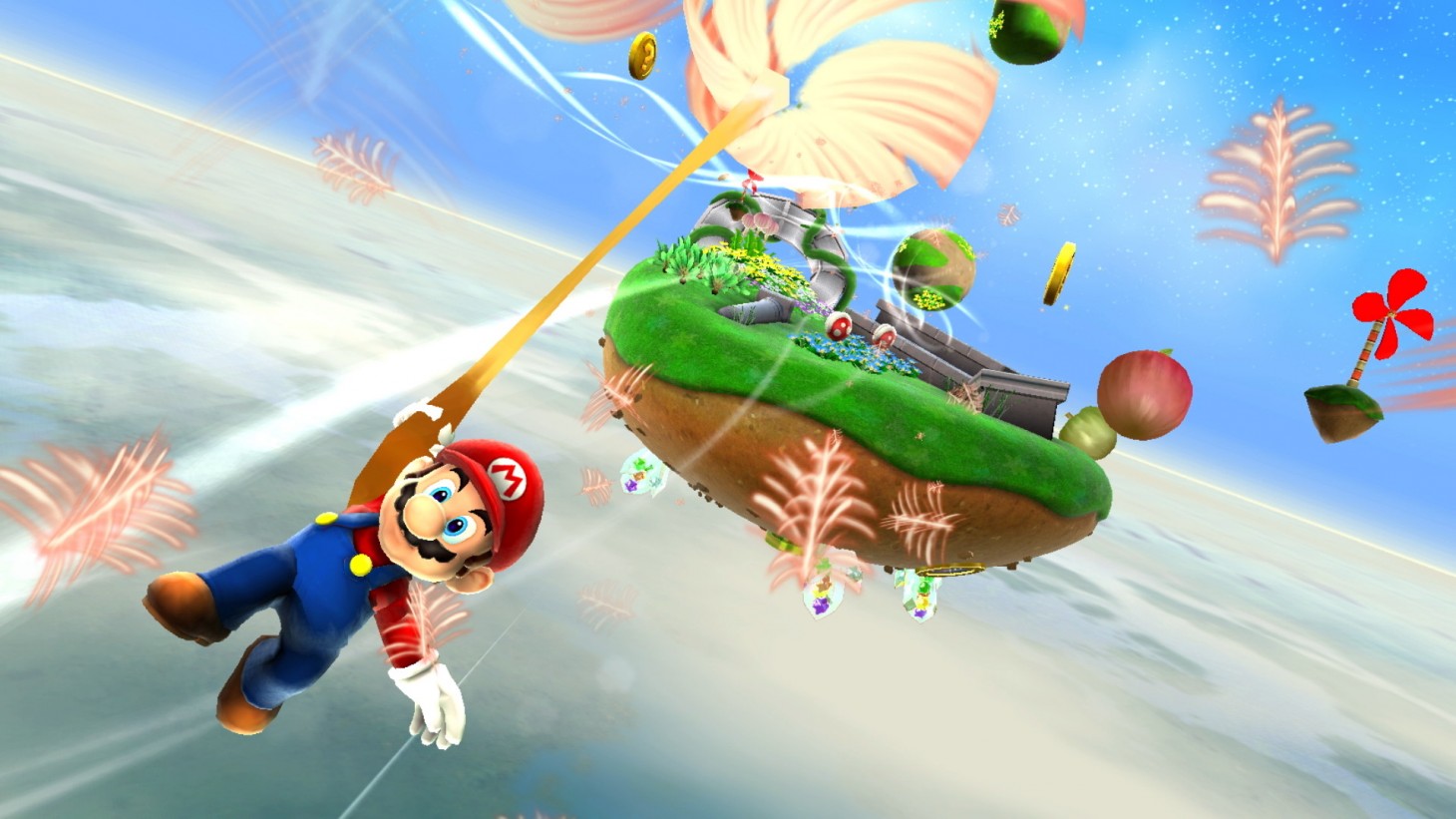
The plumber formerly known as Jumpman has remained an iconic character for more than thirty-five years. His games have remained at the forefront of their genre, and he has never once been knocked from that pedestal which reads: Greatest Video Games Mascot, in spite of titans like Ty the Tasmanian Tiger trying so hard to displace him. But how? And why? Why has Mario remained both an iconic character and franchise to this day?
A lot of it has come down to a blend of timing and strategy. When Nintendo burst onto the scene as a home console hardware manufacturer, they doubled up as a software developer as well. This had a kind of Apple effect of creating a closed network within Nintendo, the now-infamous first-party developer. Right from the beginning, it was impossible to think about any Nintendo console without thinking of first-party games and series’ like Mario, Zelda, and Metroid.
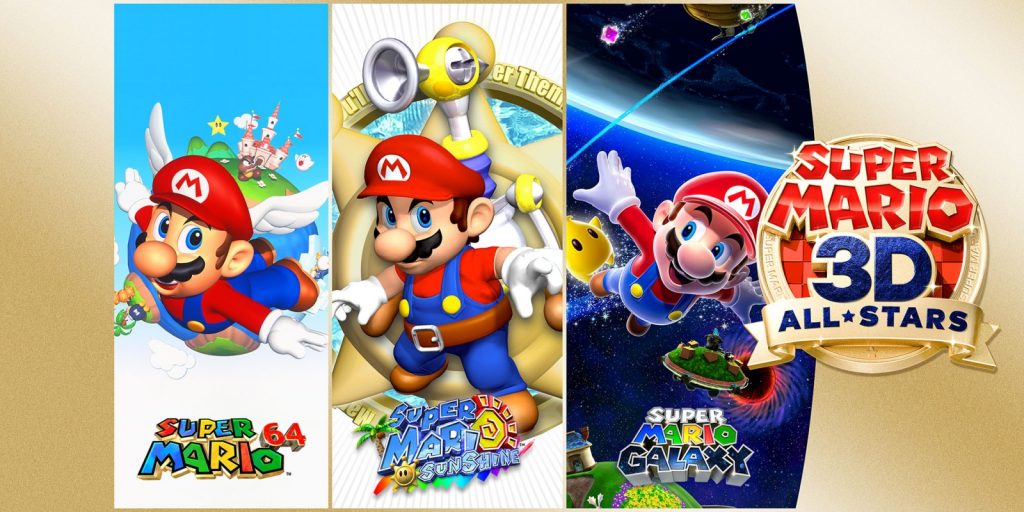
So, Nintendo has nurtured and cultivated this relationship between its hardware and its mascot. When the Nintendo 64 released in 1996, Super Mario 64 was one of only two launch titles. This reminds ardent fans and newcomers alike that Mario is Nintendo. Where Nintendo goes, Mario follows. Or leads, as often almost seems to be the case.
But none of this clever marketing and strategising on the part of Nintendo itself would have worked if Mario’s games had not been consistently outstanding properties in their own right. Nintendo is known for developing a formula and refining it time and again. This can be seen in every first-party Nintendo franchise, and it is perhaps truest with Mario, who first defined the side-scrolling 2D platformer before then showing the world how it’s done in 3D.
Mario has always paved the way within the platformer genre, with so many followers – from Sonic to Crash to Hat Kid – not only attempting to steal and better Mario’s formula, but also his knack for being an outstanding mascot character. For a while, Crash Bandicoot was as close to a mascot as Sony had for the PlayStation, but Crash is not a first-party IP like Mario, and Crash didn’t evolve as Mario did. Naughty Dog put out a trilogy, each one better than the last, and then moved on. Mario doesn’t come in threes. He gets revamped each generation, remaining both relevant and innovative.
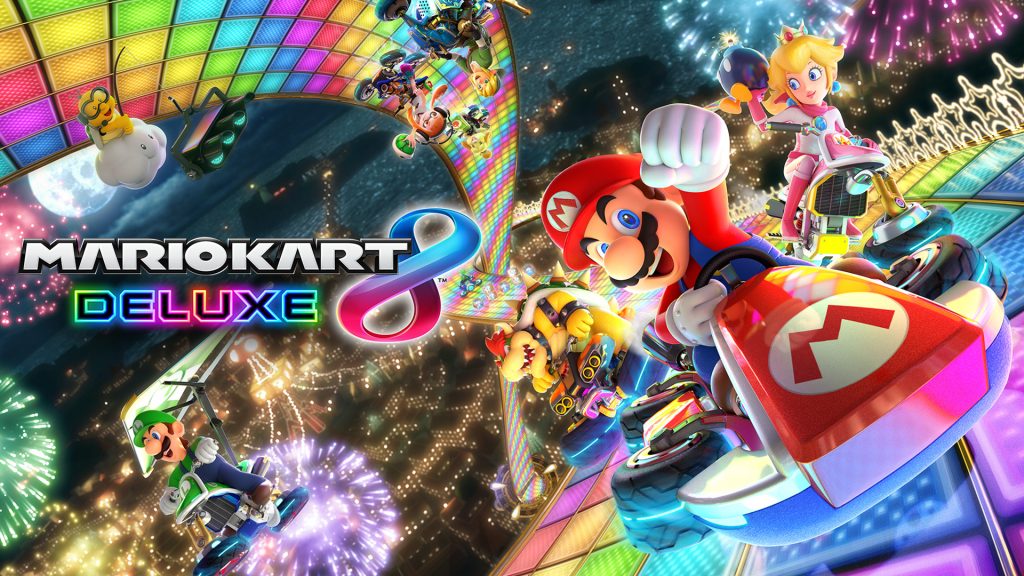
Another key bit of magic to the Mario formula is the way Nintendo spreads him across genres like one of those fungus root networks you get in old forests. While the core Super Mario franchise remains firmly rooted in the platforming genre, Mario himself has dabbled in kart racers, puzzle games, RPGs, party games, tennis, soccer, and the list goes on and on. Not only that, but these games have themselves become long-running series’. They are good; they are beloved; they have their own dedicated fans. The Mario Kart and Mario Party games even have a unique purpose in that they speak to offline, same-room multiplayer sessions for kids at sleepovers or hungover students. And then there’s Smash Bros, which wouldn’t exist without Nintendo’s iconic plumber.
But spreading himself thick (eww) across so many genres – and, in several instances, coming to define or even flat-out invent those genres – has only deepened and strengthened Mario’s status as a character immovably embedded within video game culture.
This innovation and reinvention, as well as the injecting of Mario into multiple genres over the decades, has also allowed Nintendo the opportunity to take risks and fumble through a few mistakes. Like with the Paper Mario series of RPGs. The GameCube entry, The Thousand Year Door, remains the peak of that franchise. And while subsequent games have taken creative risks and all fallen short, these risks demonstrate Nintendo’s eagerness to innovate and keep Mario feeling fresh and unique across all genres, despite his age.
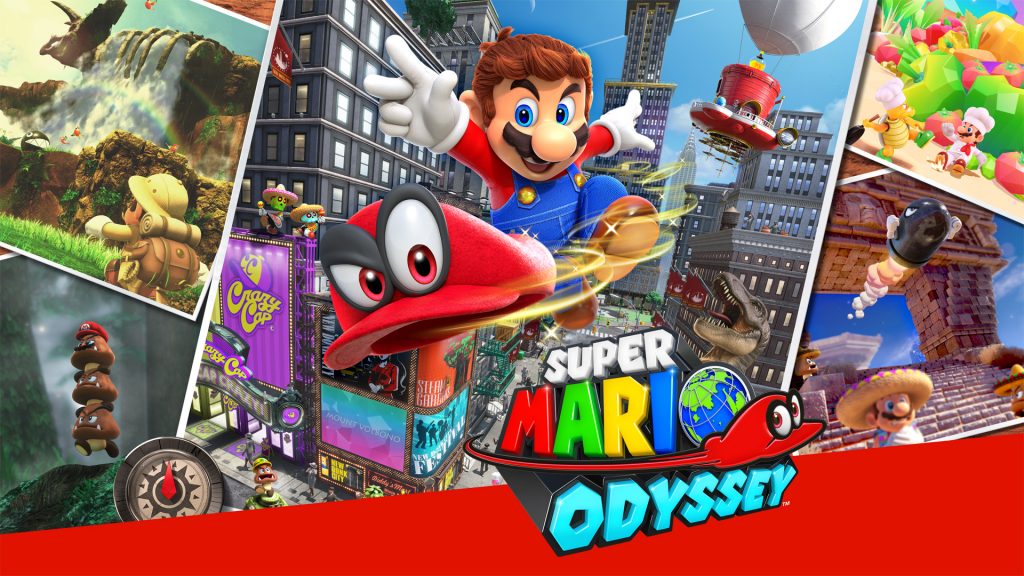
Even within the mainline Mario franchise, the Wii U title Super Mario 3D World paled in scope compared to the Super Mario Galaxy games. But fans forgive these moments because they remain innovative, interesting, and far from bad. Mario games are always worth playing; almost always worth the price of admission.
Perhaps this is at the core of everything. Aside from the marketing, the spreading across genres, and the innovation, Mario games remain fantastic. They have a baseline quality about them. They are always, at least, good video games. Here’s your takeaway statement: Mario games are good video games.
But there’s always more to mention, isn’t there? So, I’m going to. Despite the innovation and reinvention and Mario being synonymous with games themselves, Jumpman as a character could not have survived if he wasn’t so damn timeless. Most of what I’ve said so far refers to his games. But it’s also Mario Mario himself who is at the heart of it all.
If we compare 90s Mario to 90s Sonic, it’s obvious that the blue blur was cashing in on the 90s zeitgeist of edgy, cool teenagers. This goofy edginess only grew and got more out-of-hand (and, thus, more outdated) as the years went by and times changed. Thus, Sonic as a character feels outdated. The same can be said of almost every video game mascot.
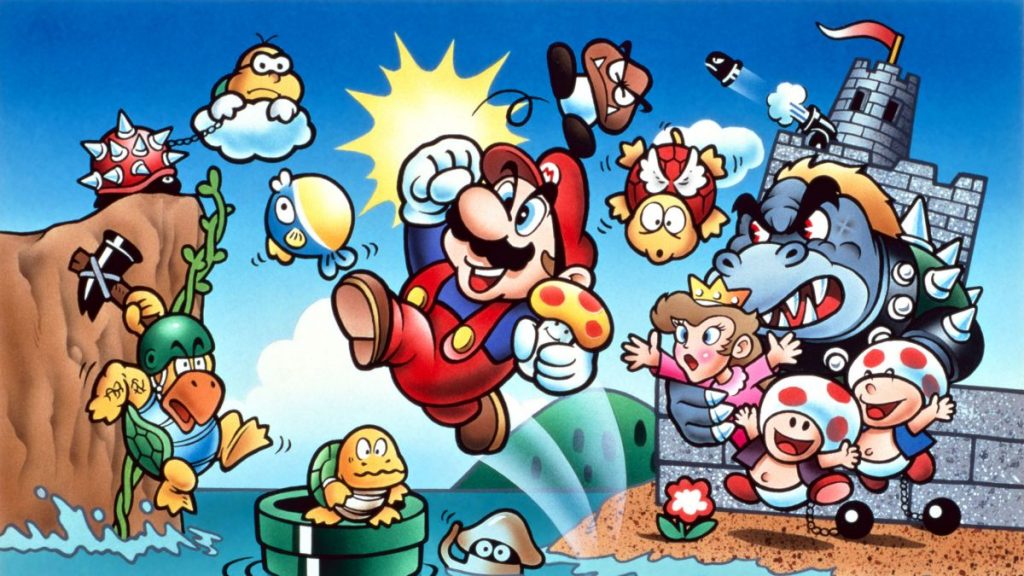
Mario stands the test of time because he doesn’t feel like the product of any one time. He doesn’t dress or act or sound any specific way. He isn’t trendy or cool; he isn’t a reminder of times gone by. Much like Mickey Mouse, he has a timeless quality to his design. Mario, in his overalls, living in a strange and surreal but colourful world of pipes, castles, and mushrooms, is timeless. His world and its characters can be enjoyed by kids of all ages. His voice has that high, energetic positivity about it that inspires excitement in the kids who take control of him. And, best of all, he’s mute. He isn’t quite a blank slate but he also doesn’t ever express opinions or make statements. He speaks through his actions, and those actions are always altruistic.
Mario games are often joked about for their repetitive “save the princess from Bowser” schtick, but that quiet, playful heroism is what makes Mario so endearing. It’s part of what has kept him endearing for decades. That and his world. The Mushroom Kingdom, while often inspired by certain aspects of Japanese tradition and folklore, is largely a unique place of wild imagination, bold colours, playful characters, and joy. So much joy. Mario’s world gets expanded upon gently every few years, and each time we are offered more and more charming strangeness to enjoy.
Mario, as both a character and a series, is the ultimate example of how to design and handle an iconic mascot and a fictional world. Through him and his games, Nintendo has taught us how to innovate, experiment, grow, and improve. Mario remains iconic because he isn’t tied to anything except the people who made him. He remains iconic because, as a character and as a series, he remains good. Wholly and completely good.
Thank you for reading this feature piece on Nintendo Link. What are your thoughts on Nintendo’s mascot? What kind of memories has he left in your life? Let us know in the comments below!
What's Your Reaction?
Will Heath is a freelance writer and digital nomad from the UK who mostly splits his time between London and Tokyo. He runs the website Books & Bao – a site dedicated to international literature and world travel – and writes about video games for Nintendo Link and Tokyo Weekender.

